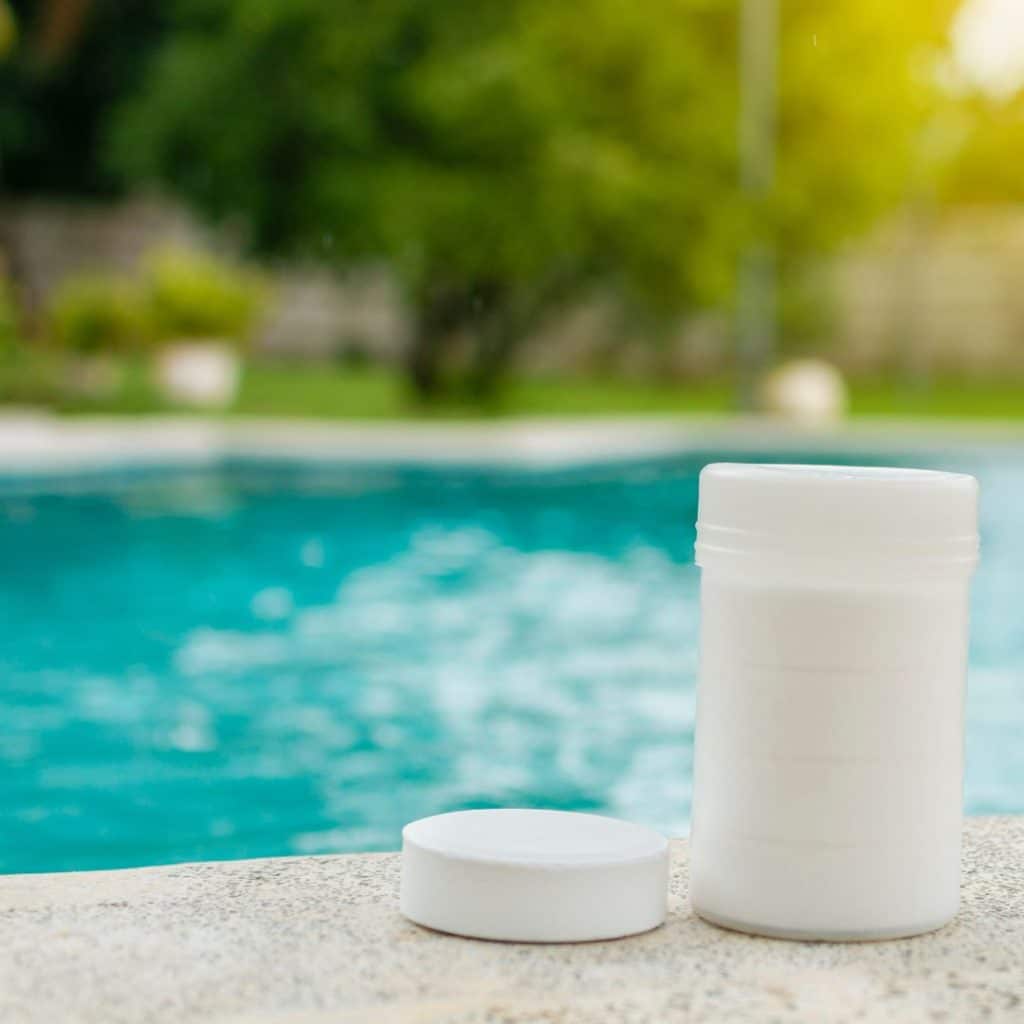Chlorine is used in swimming pools to kill harmful bacteria and germs that can cause various diseases. It serves to maintain the cleanliness and safety of pools, thus providing a refreshing and worry-free swimming experience for everyone. However, even though chlorine serves an essential purpose, it also has a darker side. Constant, prolonged exposure to chlorinated water can harm the skin, leading to various superficial and underlying issues.
The outermost layer of our skin, technically known as the stratum corneum, serves as the primary defence against environmental irritants. It is partially made up of sebum, a natural oil that aids in keeping our skin moisturized and prevents dryness. Chlorine has a drying effect where it strips the skin of this natural oil, thereby causing the skin to lose its hydration quickly. The result of this process presents dry, flaky skin and can potentially advance to more severe conditions, such as eczema. Further, chlorine disrupts the balance of the skin’s microbiome, the collection of healthy microorganisms that inhabit the skin’s surface and contribute to its overall health, immunity, and defence against pathogenic bacteria. The disruption can lead to various skin conditions like acne, redness, and sensitivity.
Additionally, chlorine can react with proteins present in our skin, producing byproducts that could cause free radicals. Over time, these free radicals contribute to the skin’s aging process, causing premature wrinkles and fine lines.
So, how can we protect and repair our skin from chlorine damage?
The first and most essential step is rinsing off immediately after swimming to remove all the chlorine from your skin’s surface. A gentle, hydrating body wash or soap can aid in completely removing the chlorine and simultaneously replenish the lost moisture.
Next, follow up with a moisturizer to rehydrate the skin and restore the natural moisture barrier. Choose a moisturizer that’s rich in antioxidants and emollients. Antioxidants will combat free radicals, slowing down the skin’s aging process, while emollients, such as plant oils, ceramides, and shea butter, help restore the skin barrier and lock moisture in.
Another way to repair chlorine-damaged skin is by using products with probiotics. Since chlorine disrupts the skin’s microbiome balance, probiotics will help restore normal bacterial levels. Using skin care products containing probiotics or oral probiotics can help rebalance the skin’s microbiome. In addition, it’s highly recommended to increase your water intake after swimming. Internal hydration plays a massive part in maintaining supple, healthy skin. If you’re dehydrated, it is more likely for your skin to become dry and flaky. For those frequently swimming, consider applying a pre-swimming lotion. Some lotions are specially designed to create a protective barrier on your skin, shielding it against the harsh effects of chlorine.
Managing the impacts of chlorine on the skin requires a blend of preventive and corrective measures. It requires being proactive before, during, and after swimming, coupled with the right skincare products focusing on replenishing and restoring your skin’s natural balance. With the proper skincare routine, the harmful effects of chlorine on the skin can be significantly reduced, if not entirely avoided.

